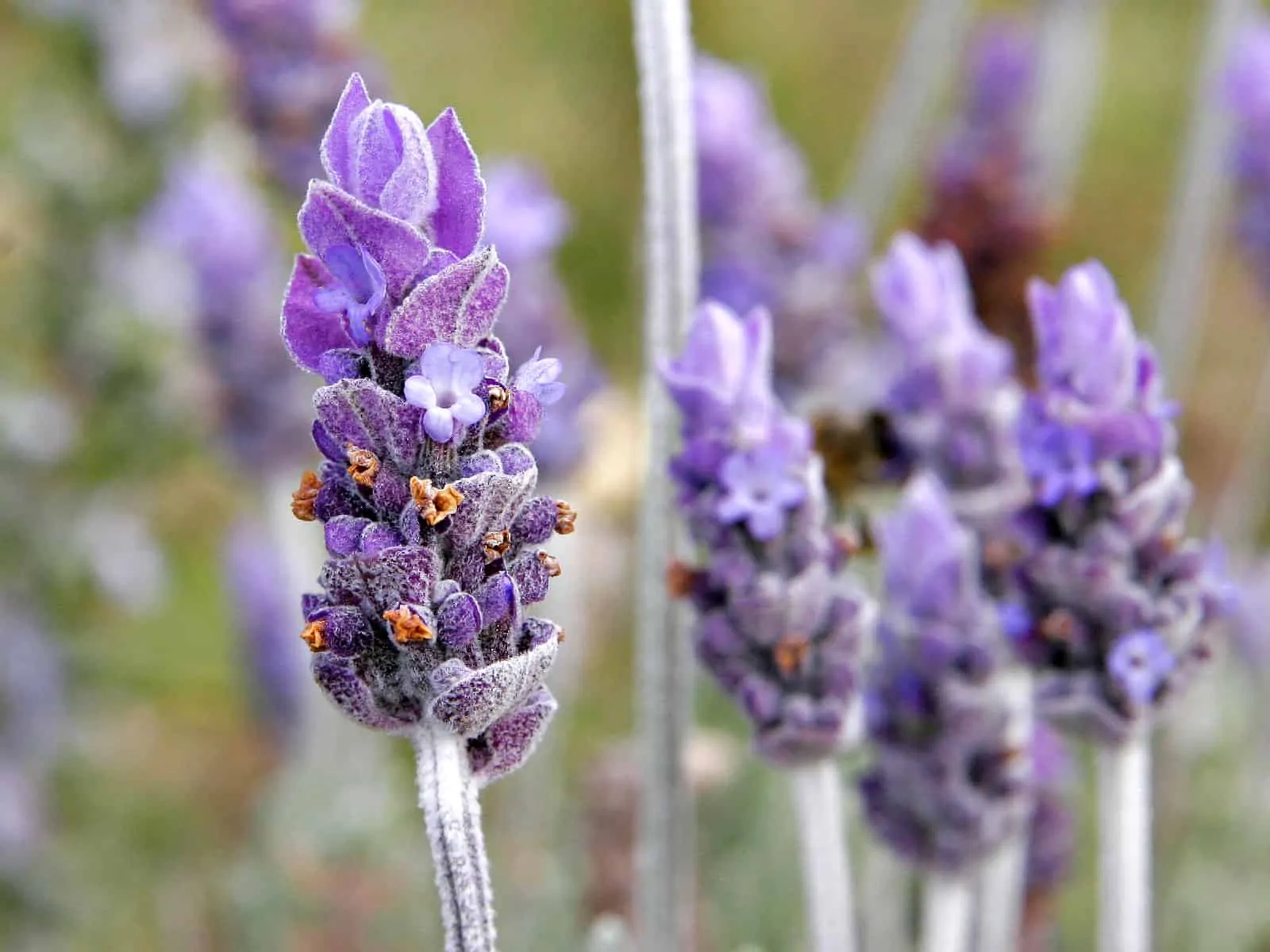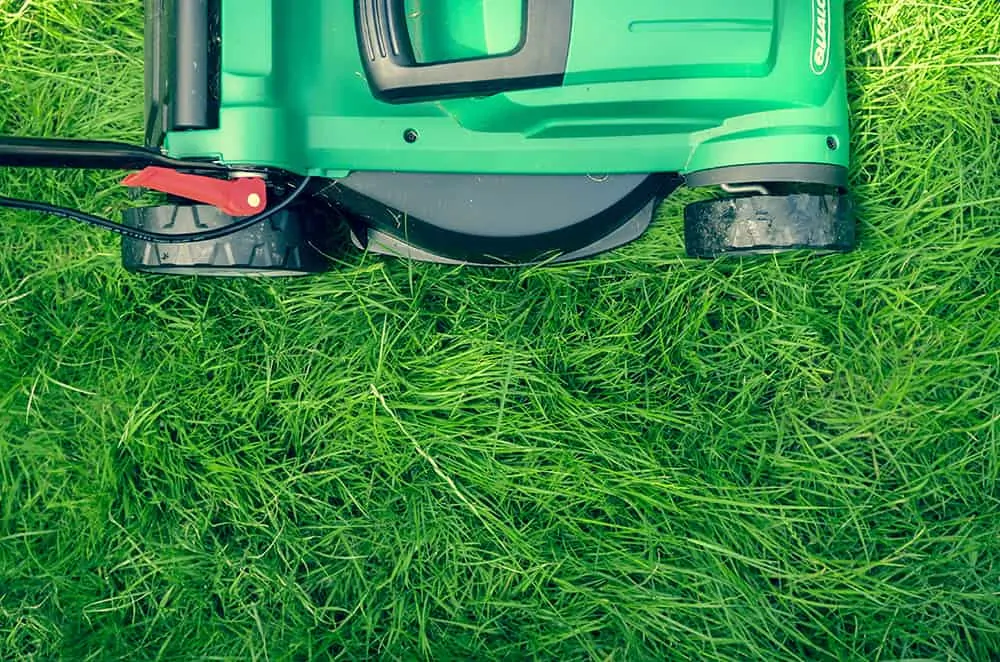When backyard crops are struggling to develop, producing little fruit, or seem like diseased, the issue could also be with the pH degree of your soil, not a pest. Whereas most crops are completely glad in impartial pH soil, others require acidic soil (low pH) to thrive. Right here we’ll look at how one can decrease soil pH (make your backyard soil extra acidic) for crops corresponding to blueberries, azaleas, rhododendrons, and mountain laurels.
What’s soil pH?
In chemistry, pH stands for “potential hydrogen”. It’s a scale used to rank the relative alkalinity (basicity) or acidity of gear to different substances, primarily based on the quantity of hydrogen ion exercise within the examined substance. The pH scale ranges from 0 to 14, with 7 being impartial. A measure under 7 signifies acidity and above 7, alkalinity.
The pH scale is logarithmic, which implies a change in 1 pH unit displays a 10X change in acidity or alkalinity. For example, a soil pH of 6 is 10 instances extra acidic than a soil pH of seven, and a pH of 5 is 100 instances extra acidic than a pH of seven. The optimum soil pH vary for many crops is between 6.0 and seven.2, however some thrive in pH exterior of this vary and even require it.
strawberry plant likes decrease soil pH
Strawberries profit from a contact of acidity within the soil.
Why soil pH is necessary
Soil pH controls the chemical types of the soil’s vitamins and influences the chemical reactions they bear. These chemical reactions have an effect on a nutrient’s availability or toxicity to the plant. That is why some species received’t survive in pH ranges exterior of their consolation zone.
Within the case of blueberries, a soil which is just too alkaline inhibits the power of the plant to soak up sufficient iron. Whereas iron exists in any soil, it’s solely in acidic soil that it turns into accessible to crops by way of particular chemical reactions. Acidifying the soil to a degree of 5 or decrease permits the blueberry to make the most of iron and different micronutrients effectively. Iron chlorosis is without doubt one of the commonest issues with blueberries struggling in an alkaline soil – its leaves turn out to be yellow. These signs are often confused with a nitrogen deficiency, however acidifying the soil cures the signs. Relying on the range, blueberries will battle to outlive in alkaline soil, and this stress might lead to a scraggly trying shrub which produces little if any fruit, and whose leaves might flip brown. The plant seems to be diseased, however it merely could also be a pH drawback.


